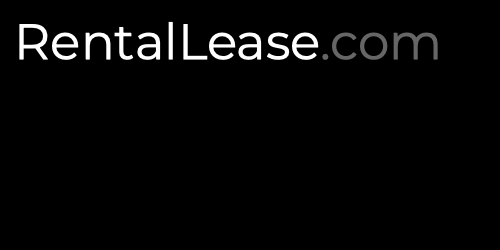Idaho Commercial Lease Agreement Template
Try Other Programs
The Arkansas standard residential lease agreement is one that details the relationship between a landlord and a tenant who is operating within a one (1) year term with monthly payments. The document will disclose who is responsible for paying utilities, the price of the monthly rent, the cost of the security deposit, and, more generally, the rights and responsibilities of both parties. Prior to choosing a tenant, it is advised that a landlord take the time to screen their applicants with a rental…
An Idaho commercial lease agreement is geared towards tenants seeking to occupy and pay for retail, office, or industrial space on a monthly basis. Like any lease agreement, the landlord can request the applying business owner to complete a rental application to verify the entity as well as the personal finances of the tenant. There are three (3) different types of commercial lease agreements in Idaho: Gross, Modified Gross, and Triple Net (NNN). A Gross commercial lease agreement requires that…
A Mississippi commercial lease agreement is a basic template for a landlord and a business tenant to come to an agreement for either retail, office, or industrial property. Upon the signing of the completed document by both parties, the form becomes legal and valid. Landlords should have every potential lessee complete a rental application form to ensure that they will be financially capable of paying the monthly amount. Additionally, landlords should verify that the entity is valid by researching it…
The California three-day notice to quit form is designated for a tenant late on their rent to decide whether to pay all that is owed to the landlord within the provided timeframe or move out. The form is to be filled in by the landlord and is to be properly served upon the tenant (See flow chart). Often a landlord, if they have a longstanding relationship with the tenant, will provide a verbal warning to show good faith. When is…
An Alabama residential lease agreement is a contract that details the arrangement between a landlord and a tenant, one which provides the tenant with a place to live and the landlord with a guaranteed monthly rent payment. Beyond the amount of the rent payment, a lease agreement will outline which utilities will fall under the tenant’s responsibilities and which are to be paid by the landlord. This agreement can remain in effect for twelve (12) months or longer (depending on…





